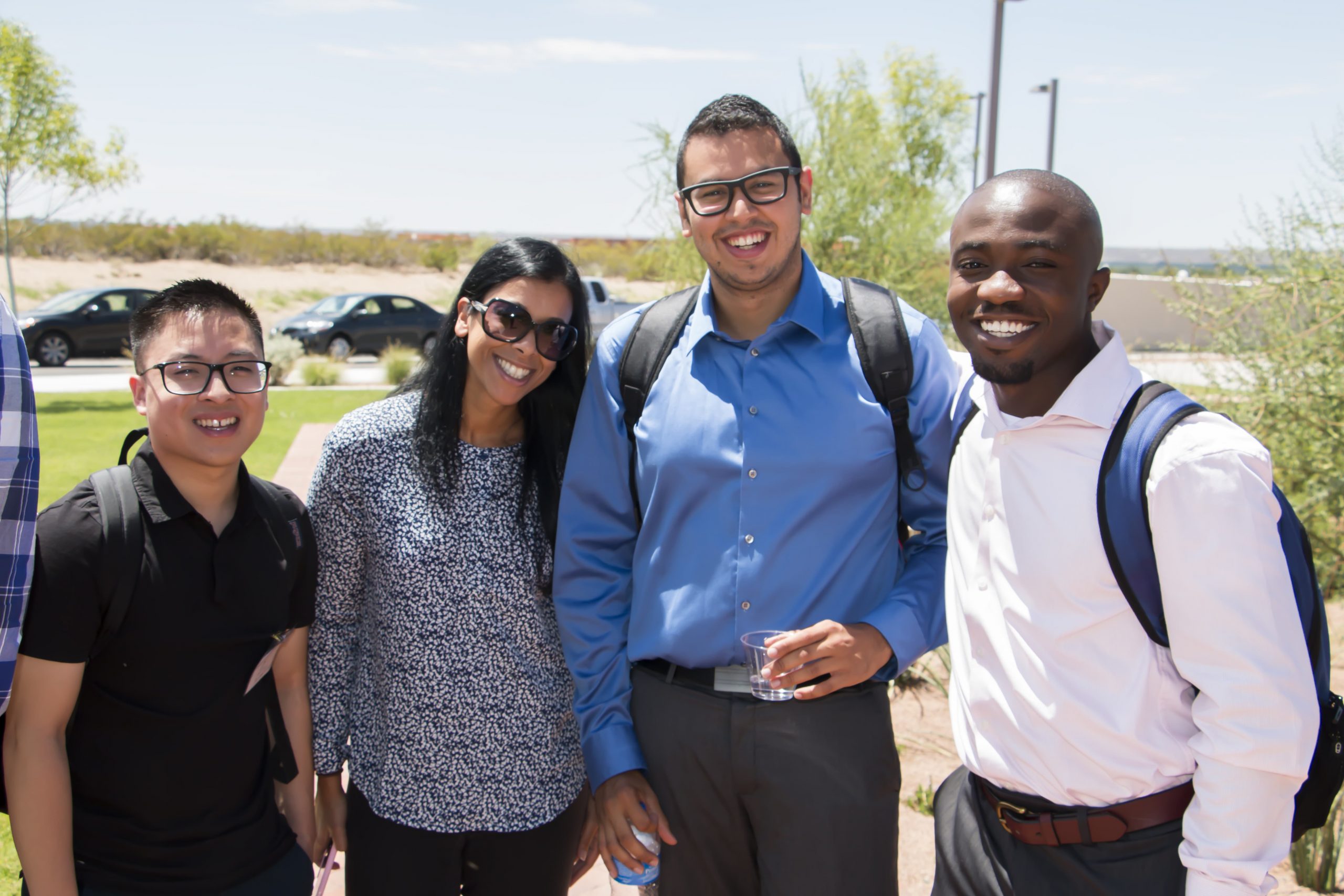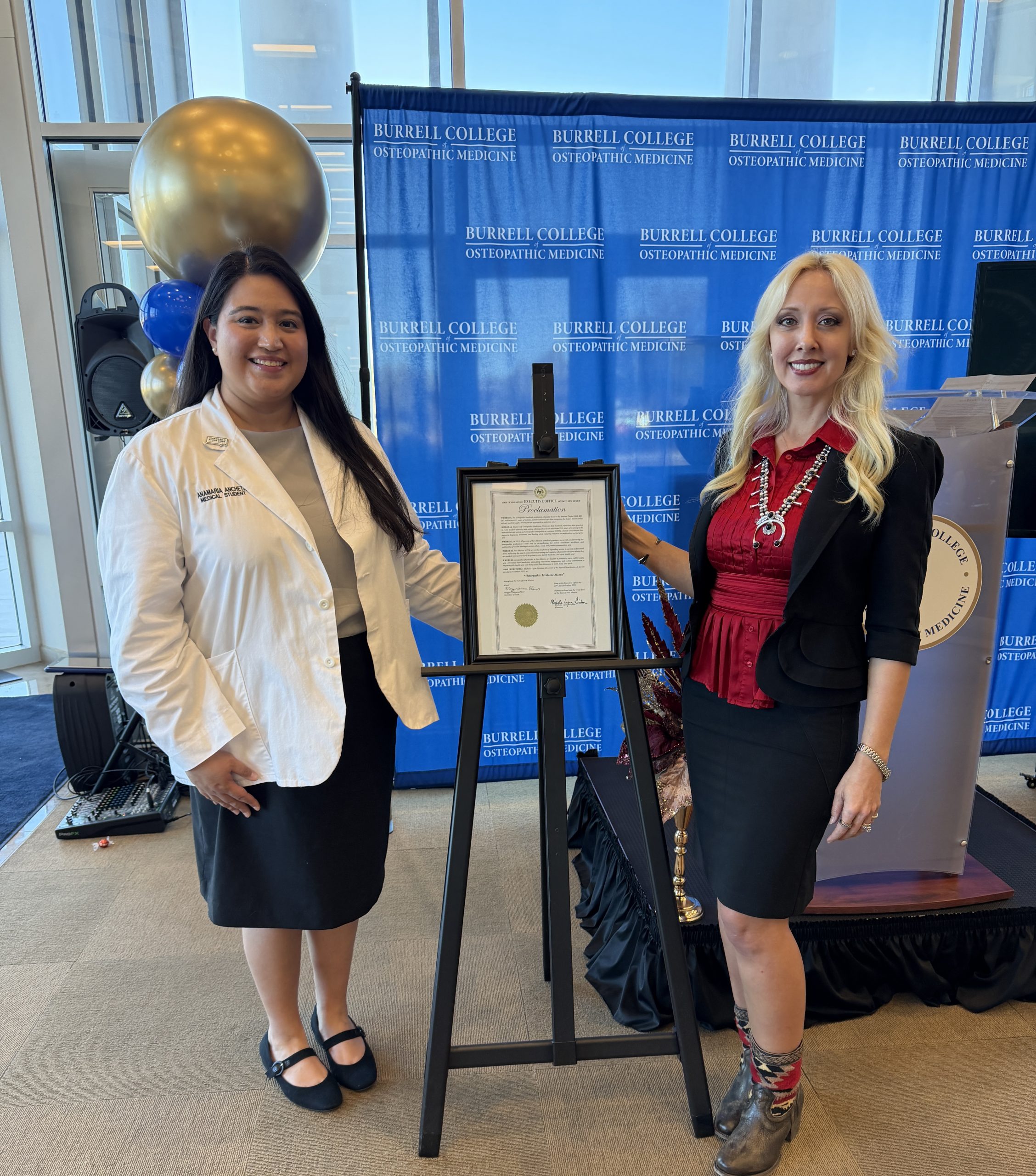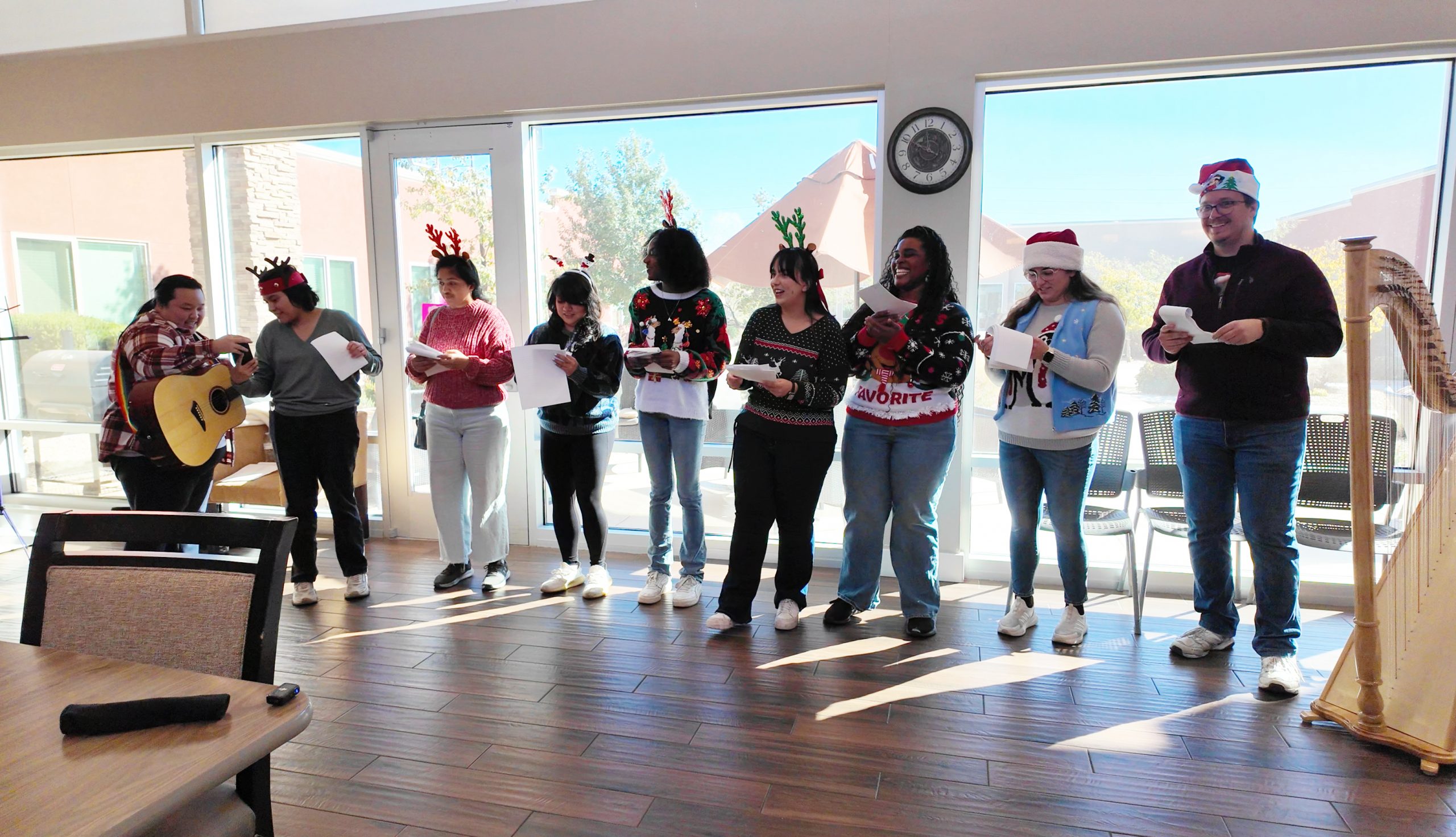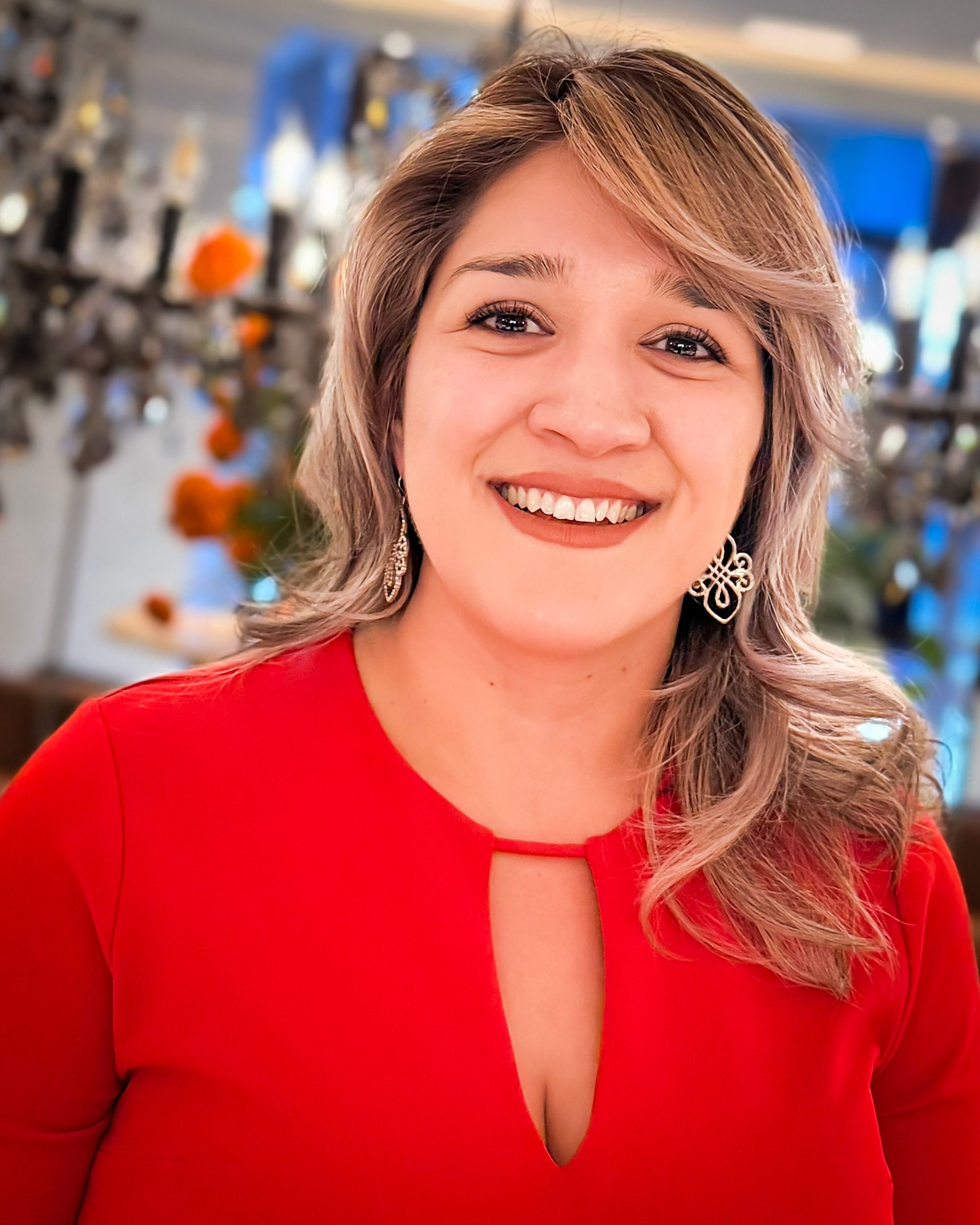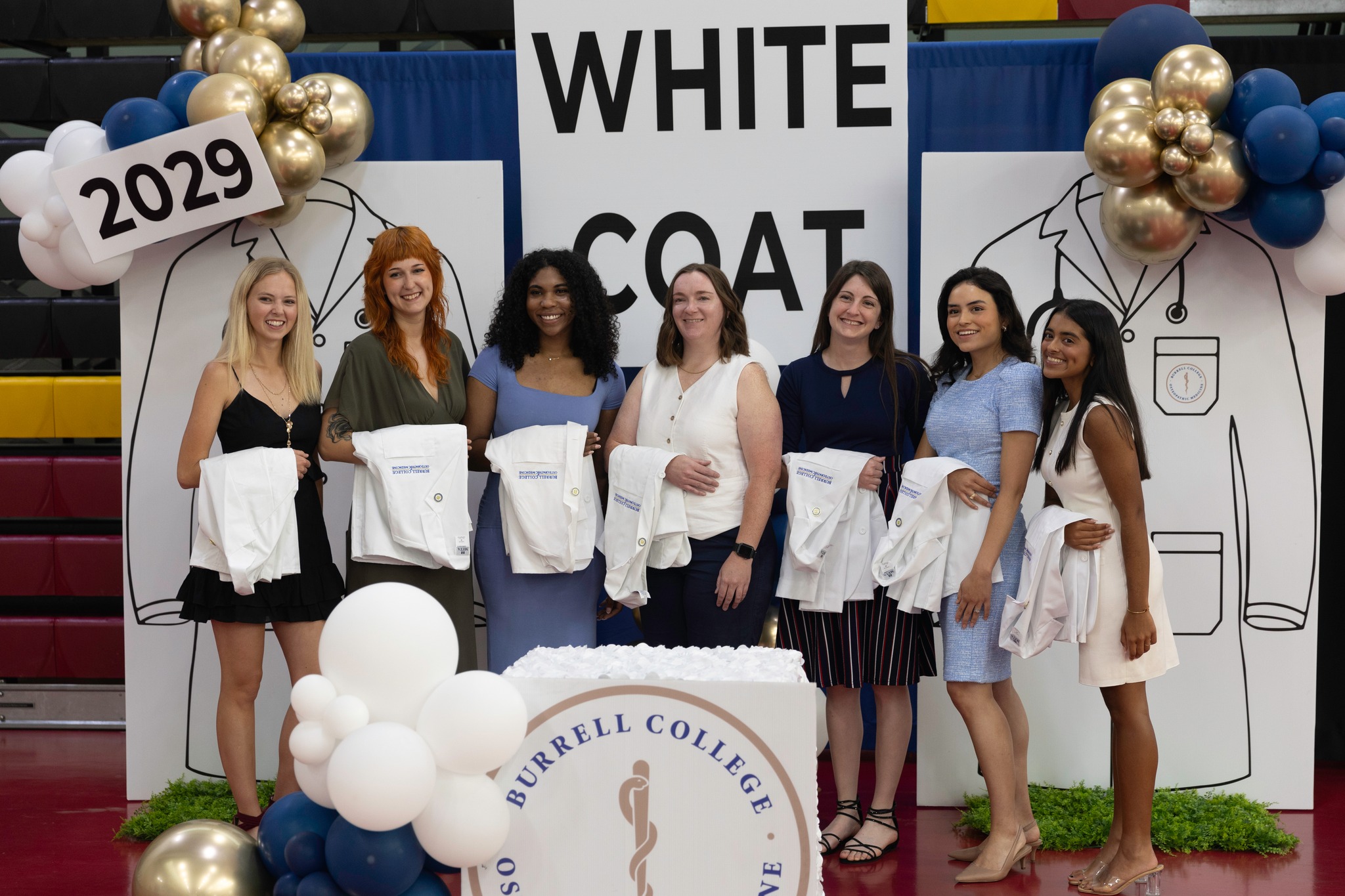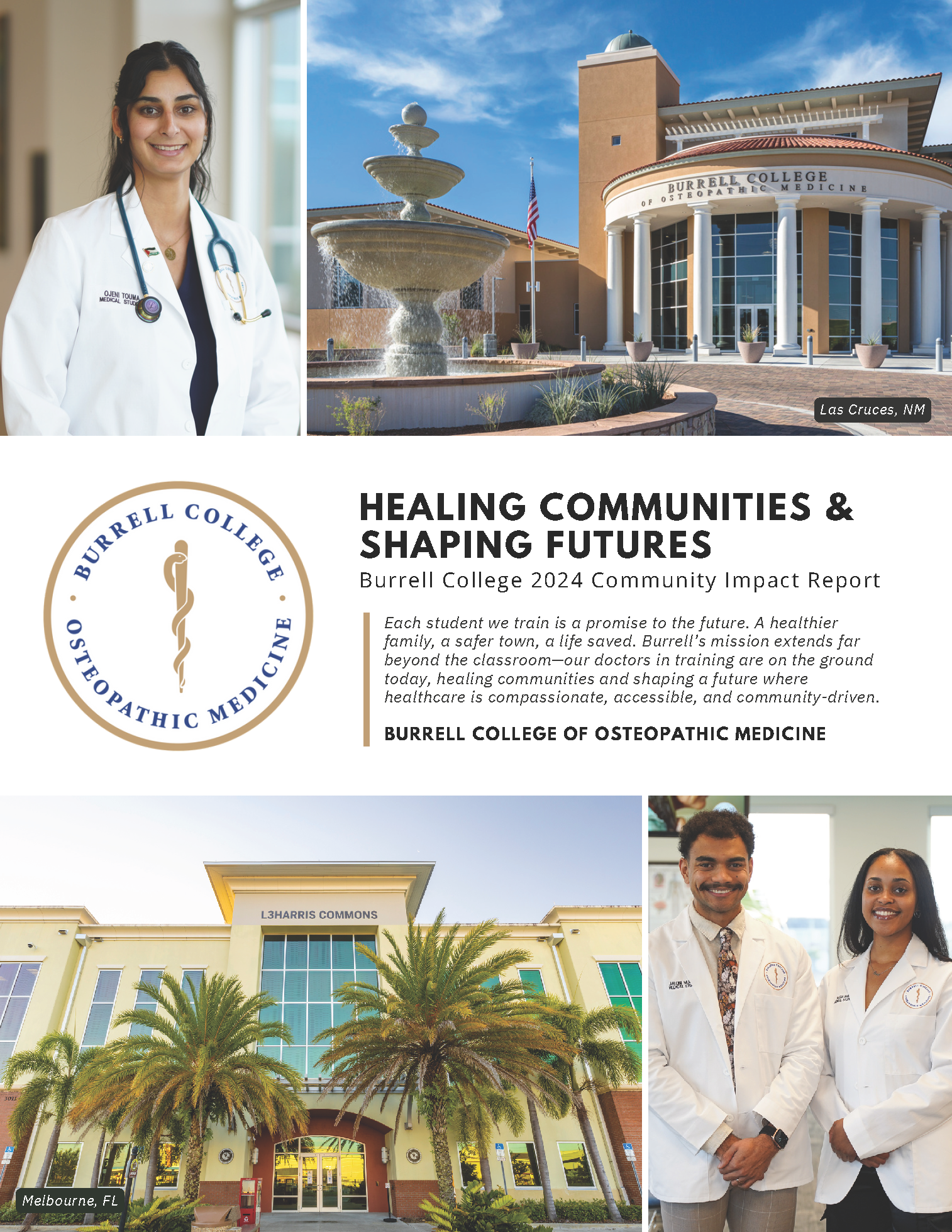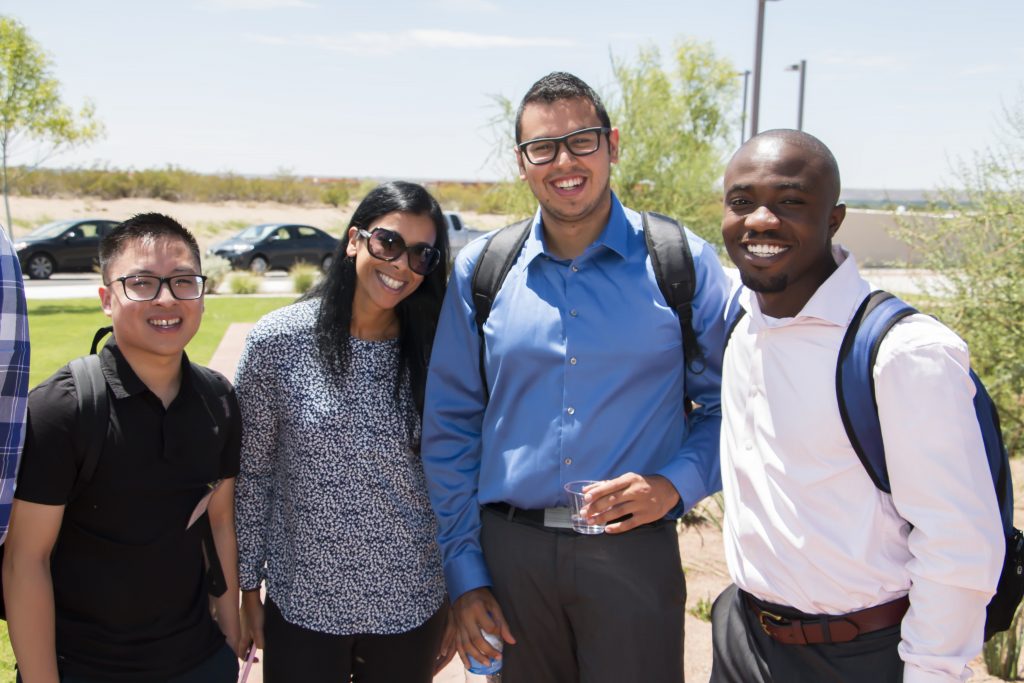
Years before the Burrell College of Osteopathic Medicine (BCOM) ever opened its doors, the school was already vocal about its mission of improving healthcare in the Southwest. Founding Dean George Mychaskiw II, DO, recognized the unique cultural and ethnic populations in this region and set about building a physician workforce to care for them. The school’s vision statement says, “BCOM will be a leader in increasing workforce diversity, particularly among Native American and Hispanic populations.”
Now, with the second year of classes underway, the proof is in the numbers. According to figures released annually by the American Association of Colleges of Osteopathic Medicine (AACOM), BCOM has the highest percentage of under-represented minority (URM) students out of all 36 colleges of osteopathic medicine in the United States. URM students are those who self-identify with one of the groups historically underrepresented in the physician field: Hispanic/Latino, American Indian/Alaska Native, Black/African-American, and Pacific Islander. Those that identify as Asian are not considered to be URMs in medicine.
For the 2016-17 school year, just under 26 percent of BCOM’s inaugural class identified as URMs, far exceeding the first year classes at any of the other osteopathic schools that school year. The Edward Via College of Osteopathic Medicine (VCOM) in Auburn was the closest runner up with 20.4 percent, followed by the Nova Southeastern University College of Osteopathic Medicine (NSU-COM), which enrolled 18.5 percent in its first year class.
In its second class, BCOM admitted 44 underrepresented students, four more than in the first class, bringing total enrollment of all classes to 27 percent URMs. While AACOM numbers have not been officially released for the 2017-18 school year, the highest total URM enrollment in 2016-17—after BCOM—was NSU-COM with 22 percent. Looking at data from 2009-10 to 2014-15, total URM enrollment never reached more than 20 percent at any college of osteopathic medicine in the country.
According to the numbers and based on URMs, BCOM is the most diverse osteopathic college in the United States, but how does the school compare to all medical schools, osteopathic (DO) and allopathic (MD)? The Association of American Medical Colleges (AAMC) releases annual data on 148 MD schools in the nation. Discounting schools in Puerto Rico where enrollment is primarily Hispanic/Latino, and historically African-American schools like Morehouse, Howard, and Meharry, BCOM’s 27 percent falls fifth in overall enrollment of URMs.
Leading the pack is UCLA’s Charles R. Drew University of Medicine and Science (CDU)—founded more than 50 years ago—with an astounding 79 percent of URMs in their total enrollment, a foreshadow perhaps to what is possible at BCOM. CDU’s mission states they are “committed to cultivating diverse health professional leaders who are dedicated to social justice and health equity for underserved populations,” a mission that clearly lines up with BCOM’s.
Similar mission, goal, and vision statements clearly stating a goal of diversifying the physician workforce are rare among all osteopathic and allopathic schools. At BCOM’s 2017 white coat ceremony, guest speaker Russell Begaye, president of the Navajo Nation, said, “The commitment of this college is phenomenal. There is no school of medicine in the nation that has a vision with specific wording regarding Native Americans and their commitment to serving Native Americans and creating medical doctors who will return to our people to serve the health needs of our people.”
BCOM’s Director of Admissions Adrian Alba is quick to point out that while BCOM is invested in admitting URM students, all applicants are held to the same competitive admission standards and no student is admitted solely based on their minority status. “Our overall scoring sheet allows for all students to be competitive because they are all graded the same way,” he explained. This ensures all the aspiring physicians are well-qualified and able to handle the rigors of both medical school and the medical profession. Looking at attrition numbers for the inaugural class, all of the URM students returned for the second year.

